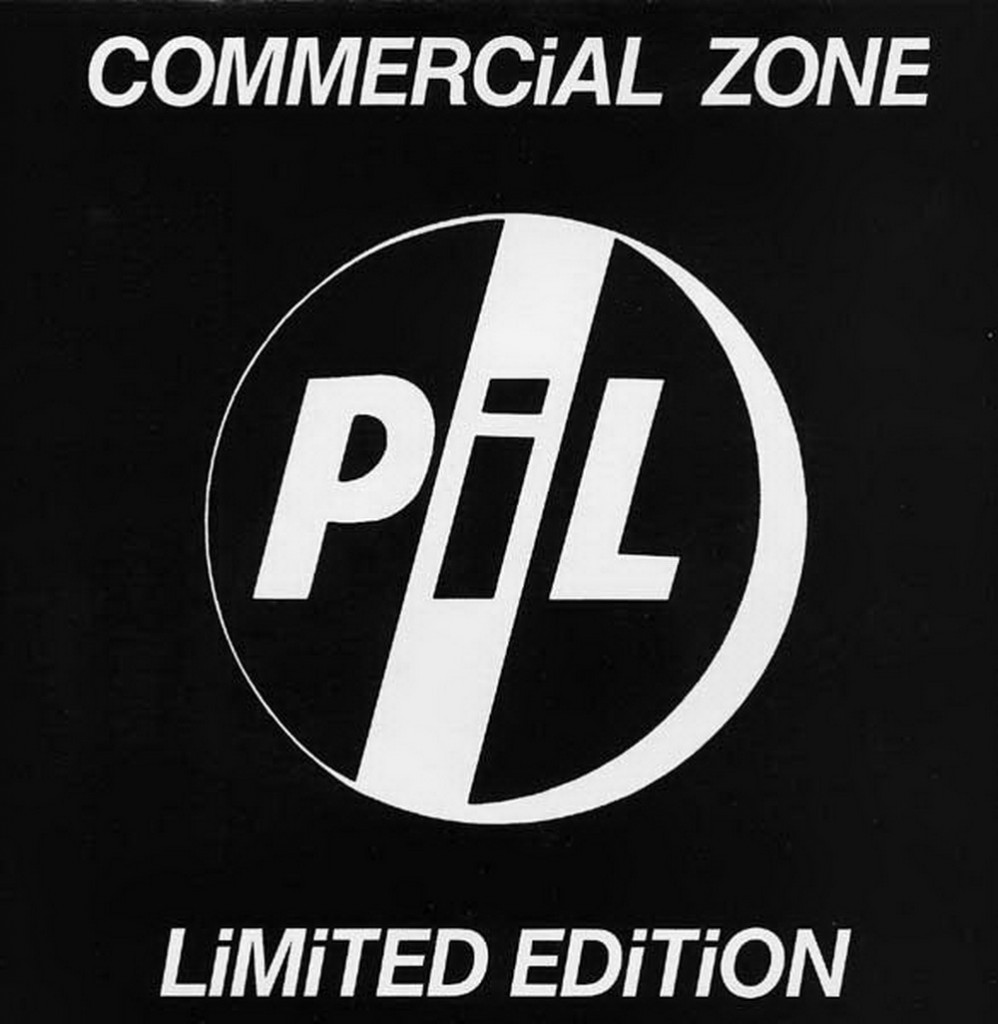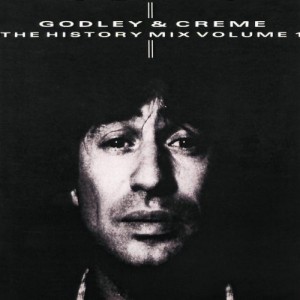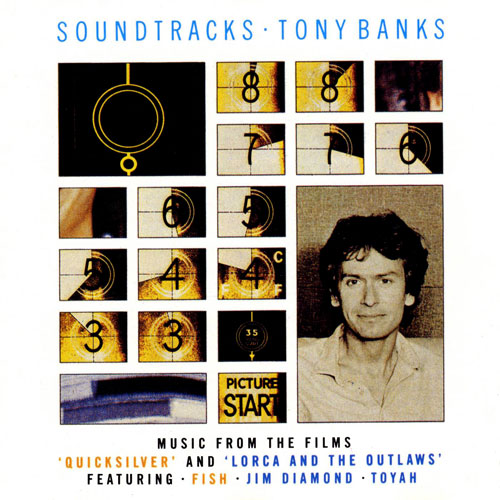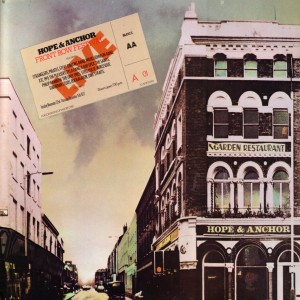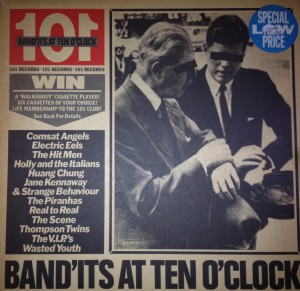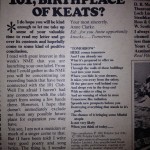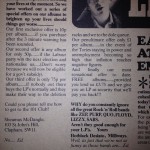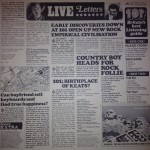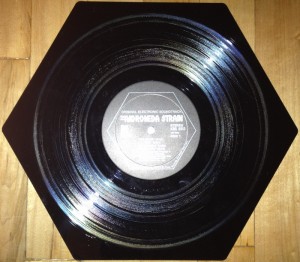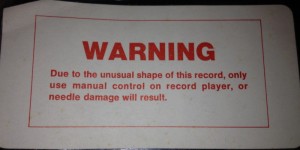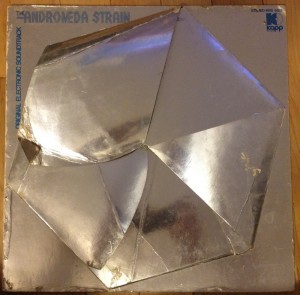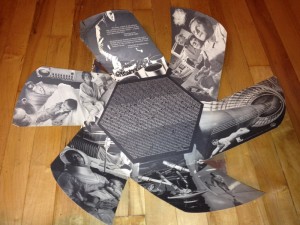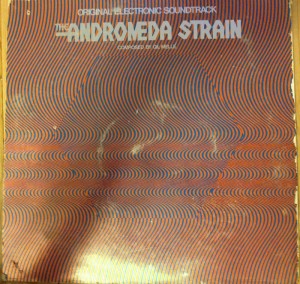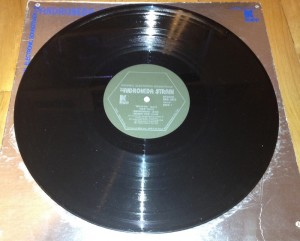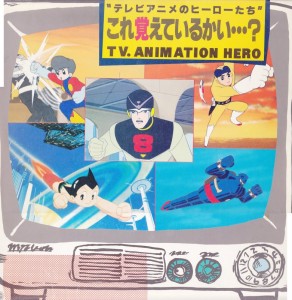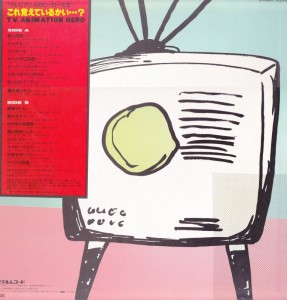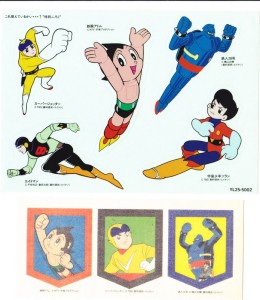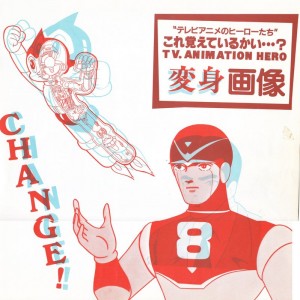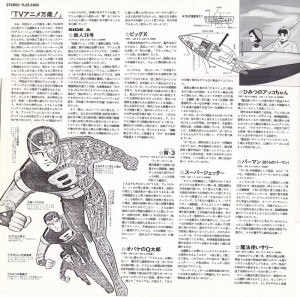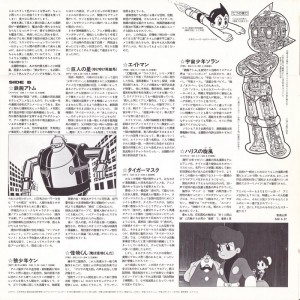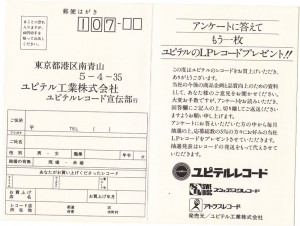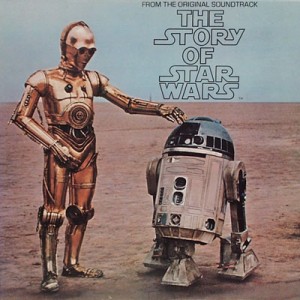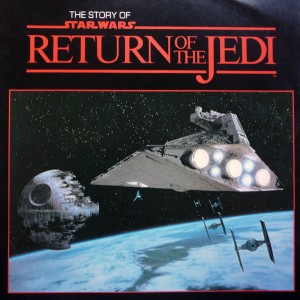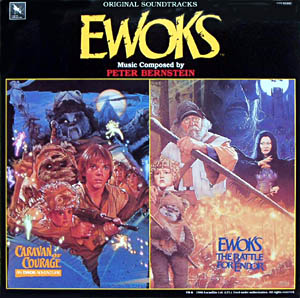Public Image Ltd. – Commercial Zone (complete album download)
In 1983, Keith Levene and Pete Jones left Public Image Ltd. Considering the events that followed, it can be assumed that the split was not a clean one.
When Keith left the band, he didn’t leave empty handed. He took with him the master tapes to their yet-unreleased follow-up to The Flowers of Romance. As if that act of sabotage wasn’t enough, he then mixed and mastered the recordings on his own and put the album out under the title Commercial Zone. He did this without permission from anyone in the band or their label.
Think about that for a second. Think about how crazy that is. Imagine if that happened today. Dinosaur Jr. are recording a new album at the moment. Imagine if, after the sessions were mostly done, Lou Barlow just said “fuck it, I’m sick of J and his bullshit (again)” and, without telling anyone, he stole the master tapes to the album and put them on the Internet. But not just as a “fuck you,” but as an illegal bootleg release that you would have to actually buy. It just wouldn’t happen! He’d be able to get five copies out the door before the label would bust in and shut his ass down.
But I guess things were different in 1984, because Levene was able to make two complete pressings of this album and even sell it in American record stores for over a year before the label was able to successfully shut him down. As such, fans were able to get two entirely different versions of the same album in 1983/84, the Levene-mixed Commercial Zone, as well as the final version, This Is What You Want…This Is What You Get. Listening to them both back-to-back is a lesson in album production, as most of the songs on Commercial Zone found their way onto This Is What You Want… albiet in radically re-worked forms.
I was originally going to do a track-by-track rundown of the differences between the Commercial Zone and This Is What You Want… versions of the songs, but that’s really pointless because all the tracks were changed in the exact same way. While the Commercial Zone versions of the songs are incredibly stark and minimal, with Lydon’s caustic vocals the center of attention, the This Is What You Want versions are polished with an 80s shine. Synthesizers are amplified. Drum beats are made danceable. Horn sections are brought in. And the abrasive nature of Lydon’s voice is died down ever so slightly so the countless reverb and echo effects added to it wouldn’t drive the listener mad.
So which version is better?
While most die-hard PiL fans enjoy Commercial Zone more, I actually find This Is What You Want… to be a better record. Fans would say that Commercial Zone is better because it retains the non-commercial sound and feeling of the group’s previous records, and that’s precisely why I don’t like it as much.
I think that after the band recorded something as brutally antipop as The Flowers of Romance, they had no need to continue in that direction. There was nowhere else to go. To me, Commercial Zone sounds the group is still trying to hang on to that caustic, abrasive sound while still attempting to record something that has some sort of commercial aspirations. This Is What You Want… on the other hand, makes no attempt to hide its pop sensibilities and is a more honest, more engaging record because of it.
Still, Commercial Zone isn’t a bad record. And if you’re at all interested in studying how songs can evolve and change during the recording process, both it and This Is What You Want… are essential listening. Like a lot of stuff I’ve been posting recently, I originally posted Commercial Zone back in 2006/2007 that sounded like dogshit. Here’s a new rip that sounds a hell of a lot better.
Bonus Songs!
Public Image Ltd.
This Is Not A Love Song (12″ Remix)
(This Is Not A) Love Song (The Best Of British £1 Notes Version)
Probably my third-favorite PiL track behind “Disappointed” and “Rise,” “This Is Not A Love Song” is a wonderfully angry bit of bile, no matter which version you find. The original Commercial Zone take is still the harshest and most in-your-face, but I feel the upbeat tempo and added horn sections on the This Is What You Want… version make that version much more catchy and interesting, even if the song’s spiteful message is somewhat lost in the sheen. As it is one of PiL’s biggest hits, it’s been repackaged and re-released several times over, sometimes in versions that differ from both the Commercial Zone and This Is What You Want… takes.
The 12″ remix, is really more of a dub version of the track, and removes almost all of Lydon’s vocals aside from the very opening. While this version is undoubtedly weaker as a result, the instrumental does a good job of standing on its own, and it also makes for a killer workout mix tune.
One of the most interesting versions of the song, however, is the version that’s on John Lydon’s greatest hits record, which features tracks all the way from The Sex Pistols to his late-90s solo work. This alternate version (which is not labeled as such) sounds like a mix of the song that was made in between the Commercial Zone and This Is What You Want… versions. It’s more polished and produced than the original version, but its still way rougher and abrasive than the final version that made the album. It’s actually probably my favorite take of the track, keeping most of the anger and spite of the original, while injecting a bit of the energy and excitement from the final version.
Listen to all three back-to-back-to-back and tell me which one you prefer. Just, go hug a kitten or something later, that’s a lot of Lydon angst to be carrying around with you.
And don’t forget that PiL has a new album coming out in a couple weeks! Get that too! It should be rad!

